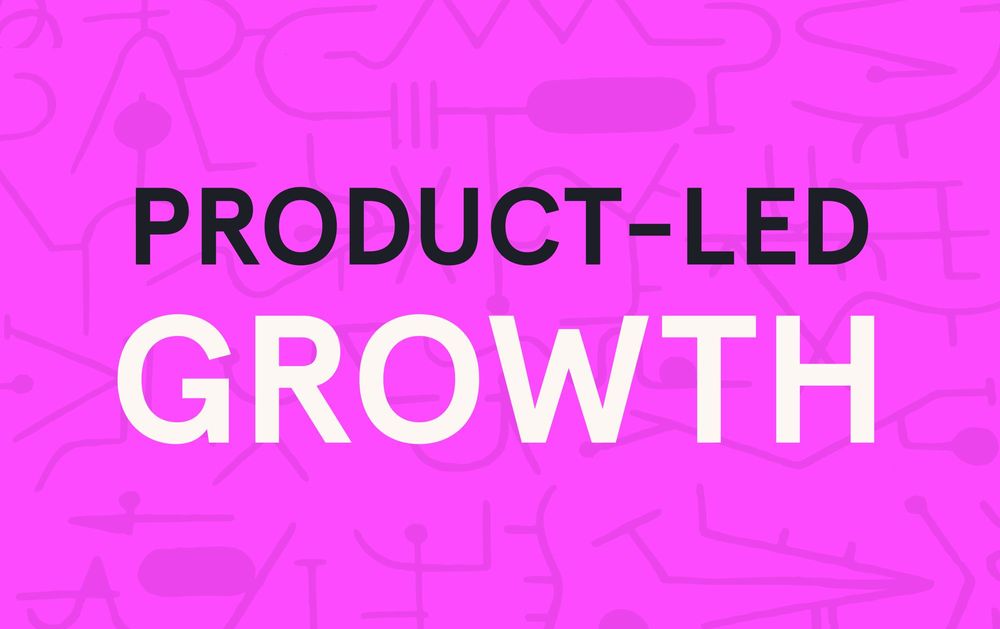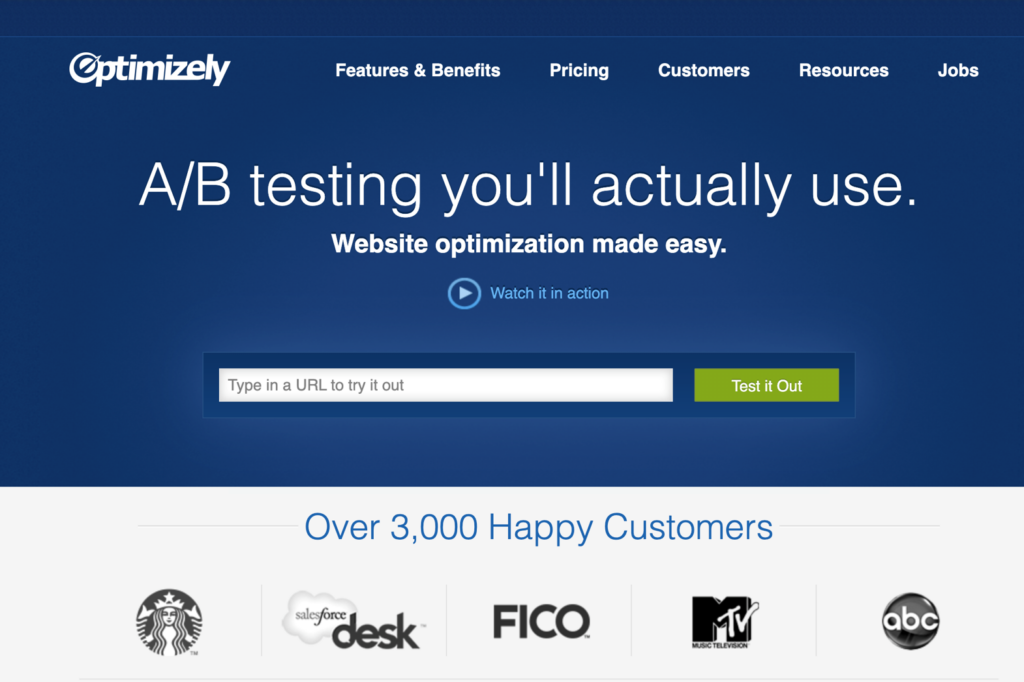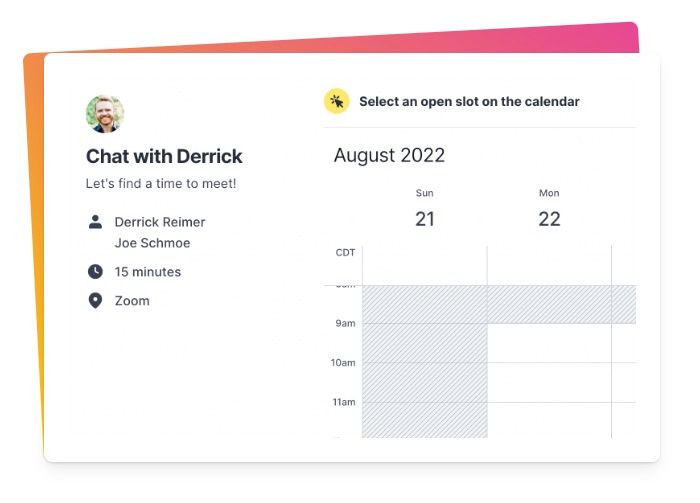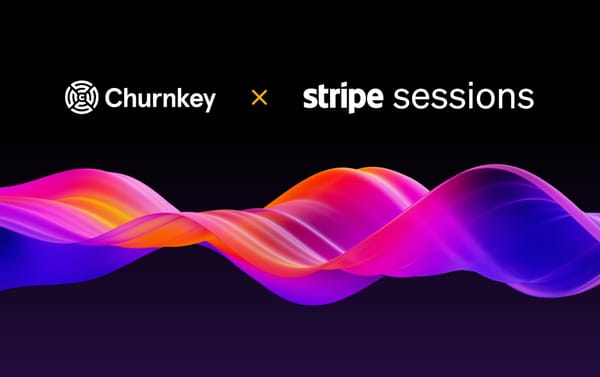What Is Product-Led Growth & Why Does It Matter?
How to build a product-led growth model to drive usage and customer acquisition.

As buyers wield more power in the purchasing process for software, product-led growth (PLG) models are expanding in popularity. Applying a product-led growth mentality to your product can help you:
- Improve customer experiences
- Scale product adoption without large sales teams
- Appeal to broader audiences with one product
- Increase feature expansion and lock-in
- Operate more efficiently as a business
Let’s talk about exactly what PLG is and discuss why it matters.
What Is PLG & Why Does It Matter?
What is PLG?
Product-led growth (PLG) is a growth model that essentially allows your product to sell itself. Chances are, you use at least a couple of products that are great examples of product-led growth (think Zoom, SavvyCal, or Slack). And you probably didn’t hear about those products through a sales call.
Coined by OpenView partner Blake Barlett in 2013, Blake was inspired by Optimizely’s growth to describe a new method of product distribution. Instead of the old SaaS model where companies created different versions of their products for various audiences—prosumer, SMB, mid-market, enterprise, etc.—Optimizely offered one product to solve the same problem across all of these audiences: an open text box anybody could use to begin A/B testing.

A product-led growth model allows product usage to drive customer acquisition. These products typically grow through word-of-mouth, not traditional marketing or sales channels. Companies using a PLG model leverage their products to create a pipeline of active users. Those users are then converted naturally into paying customers, enabling these companies to grow faster and more efficiently.
Why does PLG matter?
There’s a lot of buzz around product-led growth that simply can’t be ignored. The fact is, it works. And it’s not going anywhere. One of the reasons why PLG is so important is because it’s such a mutually beneficial model. It’s good for the end users, but it’s also good for businesses.
Benefits of PLG
Did you know that there are over 40 large public companies that are using a PLG model? When it comes to the software landscape, product-led growth is the future. We’re already seeing and will likely continue to see many top performers in this industry relying on a PLG model.
The fact is, PLG companies perform better and scale faster. Companies founded on product-led growth strategies can grow more efficiently, largely because they’re freed from the constraints of labor-intensive lead generation, sales, and customer success processes. All of this makes it easier to stay in hyper-growth mode.
It’s also important to realize that users are coming to expect the benefits that come along with a PLG strategy: free trials, self-service, and ease of use. According to data from OpenView, product-led companies are more than twice as likely to be growing quickly (100%+ year-over-year revenue growth) than sales-led companies, especially those offering a freemium product.
Traits of PLG companies
Any company can use the following principles and traits inherent to PLG companies to improve user experience.
They focus on the end user
Look at any PLG company and you’ll see that they take a bottom-up approach to growth. With PLG, the end users are the focus. Everything is designed around them. If you want to replicate product-led growth in your company, focus on the end user as a person. A person with a problem that needs to be solved.
Grow through viral loops
PLG companies grow by word-of-mouth and by encouraging sharing within the product. The best examples of product-led growth rely strongly on viral loops.

Take SavvyCal, for instance. You’ve probably booked a meeting with someone, at some point, through their SavvyCal link. If you’d never used SavvyCal before you clicked that link, you became exposed to the product and are offered a seamless way to get some utility from it. Everytime someone sends a SavvyCal link, they’re automatically promoting the product and starting a viral loop.
Deliver value first
PLG companies focus on delivering value to their users before capturing value — and they deliver that value as quickly as possible. Many successful companies do this by allowing users to access some (or all) of the product before requiring them to pay. This quick delivery of high value is important for the PLG model, since so much of this strategy relies on some form of social sharing for growth. If you deliver value quickly to your users, then it increases the chance that they will tell a colleague or a friend, creating another viral loop.
Make sign-up simple
Successful PLG organizations typically provide frictionless sign-up. If you want to replicate this, then you have to make sure your barrier to entry is low. Make it easy for users to get to your product. That could mean anything from a single sign-on to asking for the bare minimum information. Your goal is to allow users to quickly and easily get their hands on your product and begin receiving value from it.
Use PLG strategies to improve your business growth
Now that you understand product-led growth, try using some of the above principles and strategies to your own business. And with Churnkey, improving your strategy and boosting your company’s profitability is easier than ever. We’ll help you supercharge all aspects of customer retention and optimize your company’s growth.
Find out more with a demo or start combating churn now with a free trial.



